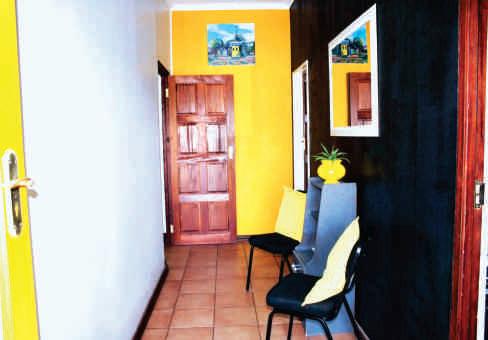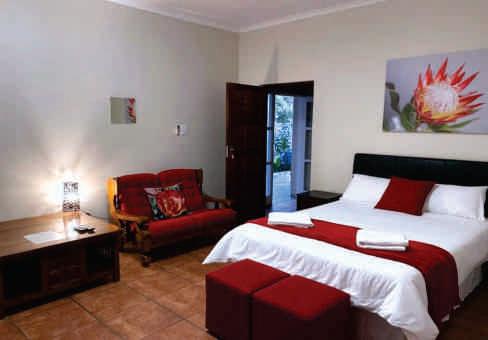
1 minute read
Birding Column: Pygmy Falcon A Delight To Observe
from Hadeda News 7 April
by Dottry Media
The Pygmy falcon (Polihierax semitorquatus;Afrikaans: dwergvalk) is an iconic bird in the dry, arid parts of the Northern Cape.
These falcons are known as the smallest raptors inAfrica, being about the same size as the Southern fiscal (Afrikaans: gewone laksman), about 20 cm to 23 cm, but with a stockier build. It has characteristic orange legs, orange around the eyes, and white spotted wings.The female has a rufous back compared to the grey back of the male, contrasting with white underparts.
Advertisement
They weigh about 60 g and primarily eat small reptiles and insects, but can also prey on small rodents and birds.
These little falcons have an association with sociable weaver colonies in South Africa – as mentioned in the first column last month when I wrote about the sociable weaver This association is so strong that anyone wanting to see these amazing little raptors just needs to find a fairly large sociable weaver colony and sit and wait.There is always a good chance that two shrike-like birds will soon make their appearance at the nest site.
Due to this association, their distribution in SouthernAfrica is largely tied to the distribution of the sociable weaver There is a separate population in EasternAfrica where, in the absence of sociable weavers, they associate with buffalo weaver colonies.

Apair will usually occupy one of the outer nest chambers in the colony and use it as a breeding and roosting site. Interestingly, they hardly predate on the sociable weaver chicks although this does occasionally occur This mutual relationship allows the weavers to sacrifice one of their nest chambers in exchange for some protection of their colony – the falcons aid, as much as possible, in deterring predators such as snakes from the weaver colonies.

In and around Kimberley there are some local spots where Pygmy falcons can be seen (Rooifontein, Marrick Safari), while the Mokala National Park is a prime spot to find them. Further west in the Northern Cape, they become relatively common and the Kgalagadi Transfrontier Park is also a location where they can be recorded and photographed with relative ease. Besides playing an important role in the environment, these tiny raptors are always a special tick and delight for birders and nature lovers alike to observe.


Contact the club at birdclubgariep@gmail.com. Dr Doug Harebottle, chair of the Gariep Bird ClubNoordkaap Bulletin












